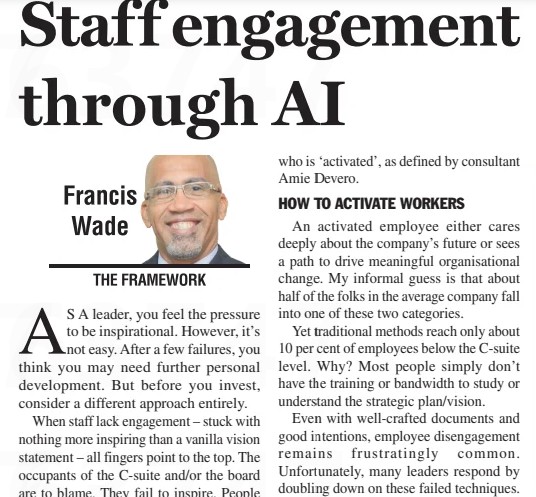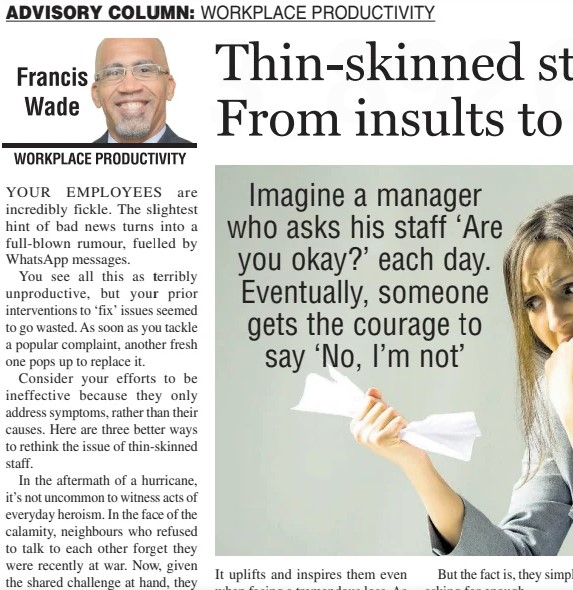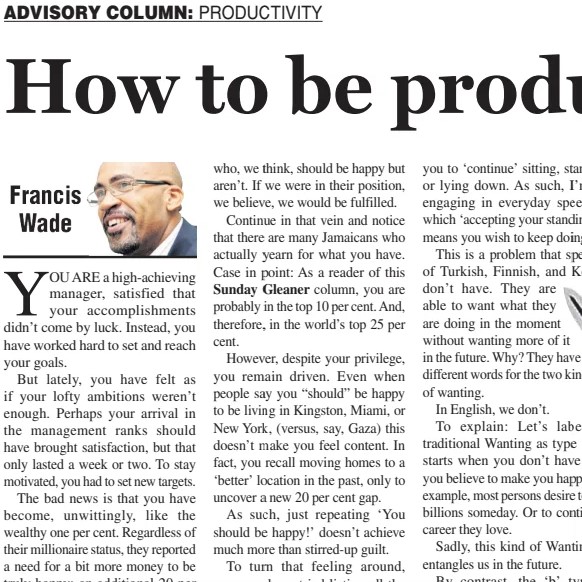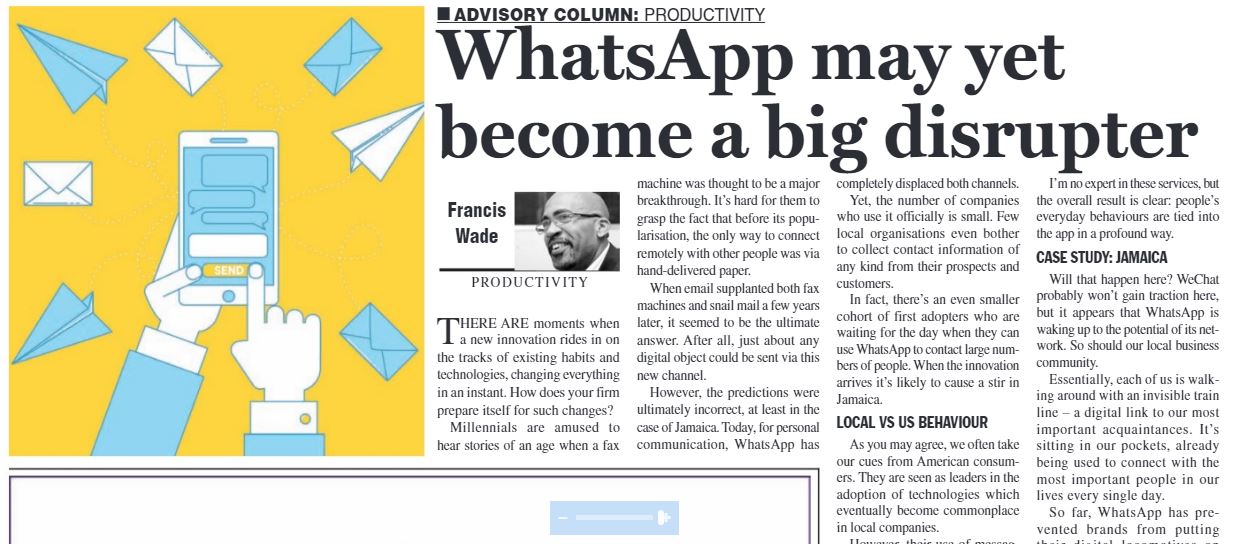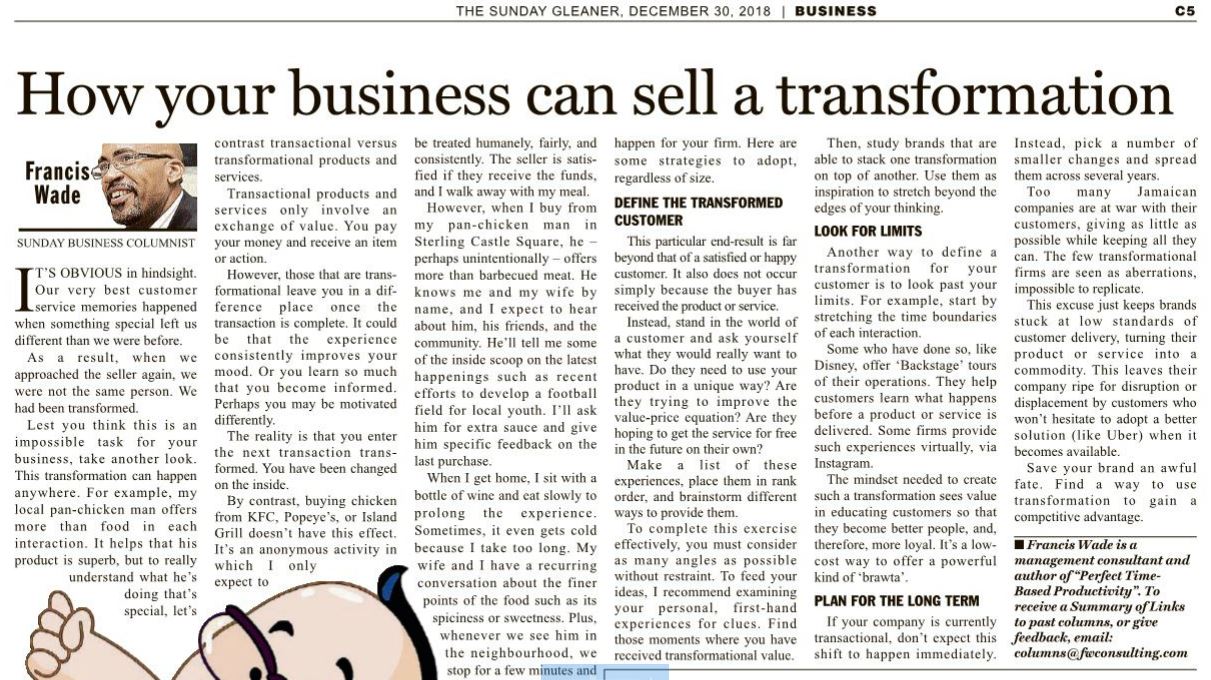As a senior executive, you’ve probably felt the weight of expectation when it comes to inspiring your team. The board expects it. Your direct reports need it. But despite your best efforts—the carefully crafted presentations, the all-hands meetings, the motivational speeches—something isn’t working.
Your people seem disengaged. They nod politely during strategy sessions, but you can sense their minds wandering. The quarterly results suggest they’re just going through the motions rather than truly buying into your vision for the future.
Your first instinct might be to blame yourself. Maybe you need better presentation skills, more charisma, or additional leadership training. But before you sign up for another executive coaching program, consider this: the problem might not be you at all.
The Outdated Playbook
Most organizations still rely on industrial-age methods to communicate their strategic vision. The playbook hasn’t changed much in decades:
Step one: Leadership team crafts a comprehensive strategic plan during an off-site retreat.
Step two: Create a polished presentation and distribute lengthy PDF documents.
Step three: Hold a company-wide meeting where the CEO delivers an inspiring speech.
Step four: Trust middle managers to cascade the message down through their teams.
Step five: Hope the enthusiasm lasts more than a few weeks.
This approach assumes that inspiration works like a broadcast signal—send it out once, and everyone receives it clearly. But that’s not how human psychology works, especially in our current information-saturated environment.
Consider this reality check: the average employee finds more engagement in a one-minute Tik Tok video than in most hour-long corporate strategy presentations. This isn’t a reflection of shortened attention spans—it’s about relevance and interactivity.
Rethinking Employee Activation
Instead of trying to temporarily pump up your workforce, focus on creating what consultant Amie Devero calls “activated” employees. These are people who either genuinely care about your company’s future or have discovered how their personal aspirations align with organizational goals.
In most companies, roughly half the workforce falls into one of these categories naturally. They want to contribute meaningfully and grow professionally. The challenge is that traditional communication methods only effectively reach about 10% of non-executive staff members.
Why such a low connection rate? Most employees simply lack the background or time to digest complex strategic documents. Even when materials are well-written and intentions are good, the gap between executive thinking and front-line understanding remains vast.
When leaders notice this disconnect, they often make things worse by trying harder with the same failed methods. They speak louder, write longer documents, and add pressure on middle managers to better “sell” the message.
But what does a truly activated employee look like in practice?
They regularly reference the company vision when making decisions. They have genuine curiosity about strategic initiatives and how their work contributes. Most importantly, they feel connected to colleagues around shared purpose rather than just shared tasks.
The question becomes: how do you create this level of engagement systematically?
The AI-Powered Solution
Recent advances in artificial intelligence offer a completely different approach to vision and strategy communication. Large Language Models—sophisticated chatbots that can engage in natural conversation—have opened new possibilities for organizational learning.
More specifically, there’s a subset called Source Language Models that work exclusively with materials you provide. Think of it as creating a custom search engine that only knows about your company’s strategy documents, leadership videos, planning materials, and related content.
Unlike general-purpose AI that draws from the entire internet, these focused systems answer questions using only your uploaded materials. This means employees can have detailed, accurate conversations about your specific strategic vision without getting generic business advice.
The practical applications are remarkable. An employee wondering how their department fits into the five-year plan can get instant, detailed answers. Someone curious about market assumptions underlying your strategy can explore those topics in depth. A team member with ideas for improvement can understand exactly where their suggestions might fit.
Modern platforms can automatically generate supplementary materials from your core documents: podcast-style audio summaries for commuters, interactive quizzes to test understanding, visual mind maps showing strategic connections, and even video presentations that break down complex concepts.
Beyond Traditional Engagement
This AI-powered approach addresses several problems with conventional vision communication:
Personalized pacing: Instead of forcing everyone to absorb information at the same rate during meetings, people can explore strategic concepts at their own speed and depth.
Continuous availability: Rather than limiting strategic discussion to quarterly all-hands meetings, employees can engage with your vision whenever questions arise in their daily work.
Interactive learning: Instead of passive consumption of presentation slides, people can ask follow-up questions, explore specific areas of interest, and test their understanding.
Identifying blind spots: As employees interact with your strategic materials, they often surface insights that leadership teams miss. Front-line workers frequently spot emerging technologies, customer trends, or operational challenges that could reshape your industry.
When this happens at scale, you essentially gain access to a tireless strategy consultant who knows your business intimately and never sleeps. Your AI system becomes increasingly valuable as more employees engage with it, asking questions that reveal both strengths and gaps in your strategic thinking.
The Leadership Shift
This approach represents a fundamental shift in how we think about inspirational leadership. Instead of placing the entire burden on executives to be charismatic communicators, it creates systems that meet each person where they are.
Some employees learn best through detailed written analysis. Others prefer audio explanations during their commute. Still others need visual frameworks to understand complex relationships. An AI-powered system can serve all these learning styles simultaneously.
The result is genuine activation rather than temporary motivation. When people can explore your vision on their own terms, at their own pace, they develop deeper understanding and stronger commitment.
As a leader, this doesn’t diminish your role—it amplifies your impact. Instead of being limited by your personal bandwidth and communication style, you can reach every team member in ways that resonate with their individual needs and interests.
The future of vision communication isn’t about becoming a more inspiring speaker. It’s about creating more engaging, accessible, and interactive ways for people to connect with your company’s purpose, strategy and direction.

